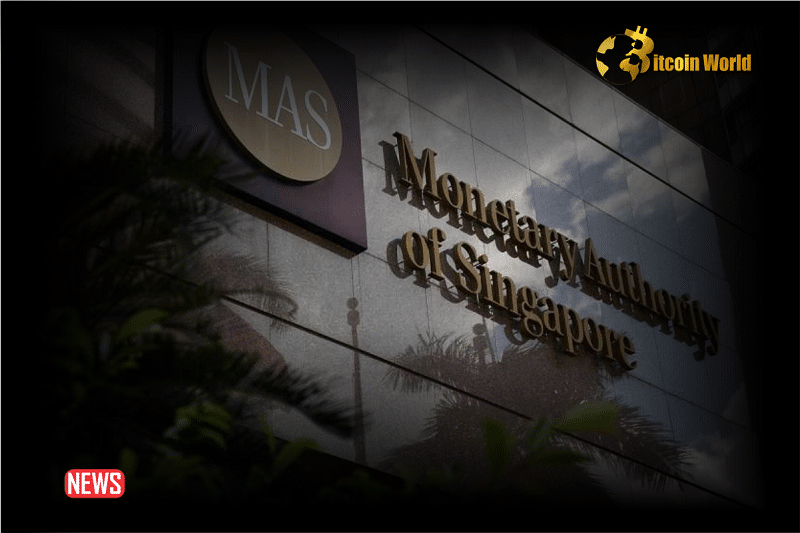Ravi Menon, the Managing Director of the Monetary Authority of Singapore has said that crypto has performed poorly as a medium of exchange or store of value.
Stablecoins and central bank digital currencies (CBDCs), not crypto, will be part of the financial ecosystem in the future, the managing director of Singapore’s central bank said during his keynote at the Singapore Fintech Festival.
“There are four contenders for digital money,” Ravi Menon said, naming them as privately issued cryptocurrencies, CBDCs, tokenized bank liabilities, and well-regulated stablecoins.
But in Menon’s opinion, cryptocurrencies have failed the test of digital money because “they have performed poorly as a medium of exchange or store of value, their prices are subject to sharp speculative swings, and many investors in cryptocurrencies have suffered significant losses.”
The Monetary Authority of Singapore (MAS), he said, views well-regulated stablecoins as a promising digital currency complementing CBDCs and tokenized bank liabilities. During the speech, Menon listed StraitsX’s stablecoin and Paxos Digital’s new USD-pegged stablecoin as examples.
While Singapore has a reputation as a crypto hub in Asia, regulators would much rather prefer the nation be known as a digital assets hub, something which Menon emphasized in his speech by highlighting ways the technology can be used aside from crypto speculation.
Menon mentioned how Project Guardian, led by MAS and industry partners, is tokenizing foreign exchange, bonds, and funds to enhance global liquidity, streamline cross-border transactions, and improve operational efficiency in financial markets, with trials by major global banks.
Read Also: The Monetary Authority of Singapore Launches Project Guardian, A Tokenization Initiative
“A larger vision that is emerging is of a network of interoperable systems that allows payment, clearing, and settlement to take place instantaneously and seamlessly,” he said. “Digital assets have two critical features that can fundamentally transform the nature of financial transactions.”
A Singapore-Led Layer 1
According to Menon, the existing digital asset networks, including public permissionless blockchains and private permissioned blockchains, face challenges such as lack of accountability, legal uncertainty, and interoperability issues, limiting their suitability as a global digital asset infrastructure.
In response to this, the Monetary Authority of Singapore (MAS) is launching the Global Layer One (GL1) initiative.
“GL1 is conceived as a global public good,” Menon said. “It will facilitate seamless cross-border transactions and enable tokenized assets to be traded across global liquidity pools while meeting relevant regulatory requirements.”
GL1 is part of Singapore’s push to ensure that FinTech has a “larger purpose”, Menon said, emphasizing that FinTech should be focused on solving real-world problems and improving people’s lives.
“Together, digital assets, digital money, and a foundational digital infrastructure can help realize the vision of seamless financial transactions across the world,” he said.
Disclaimer: The information provided is not trading advice. Bitcoinworld.co.in holds no liability for any investments made based on the information provided on this page. We strongly recommend independent research and/or consultation with a qualified professional before making any investment decisions.














